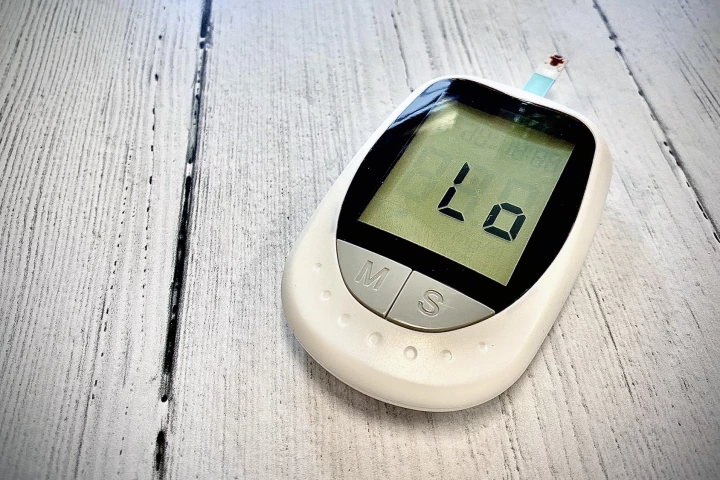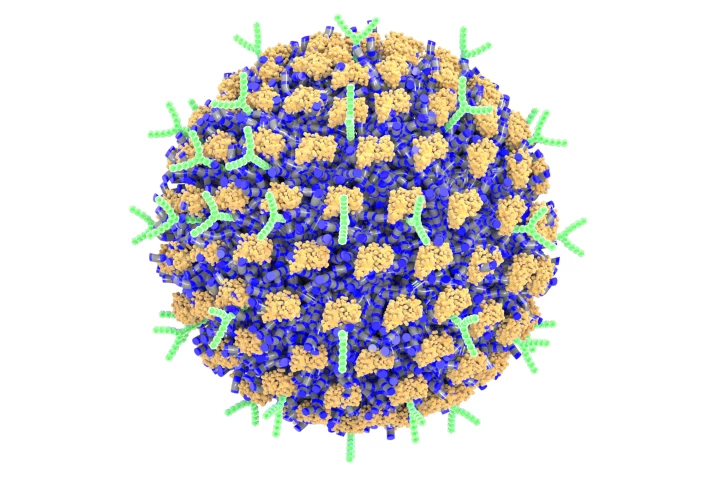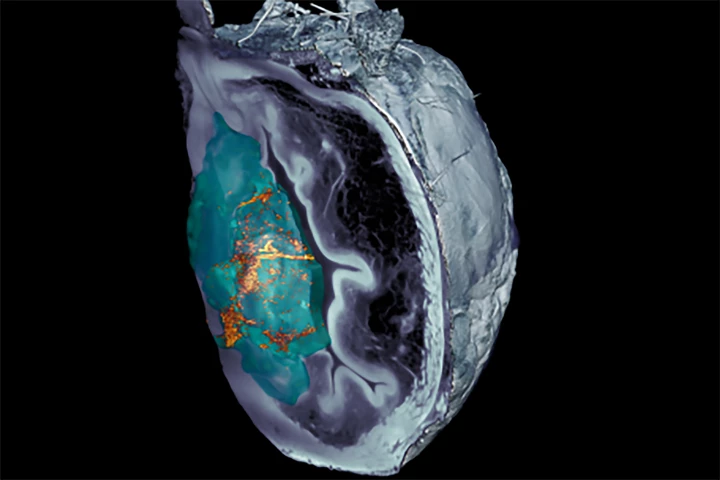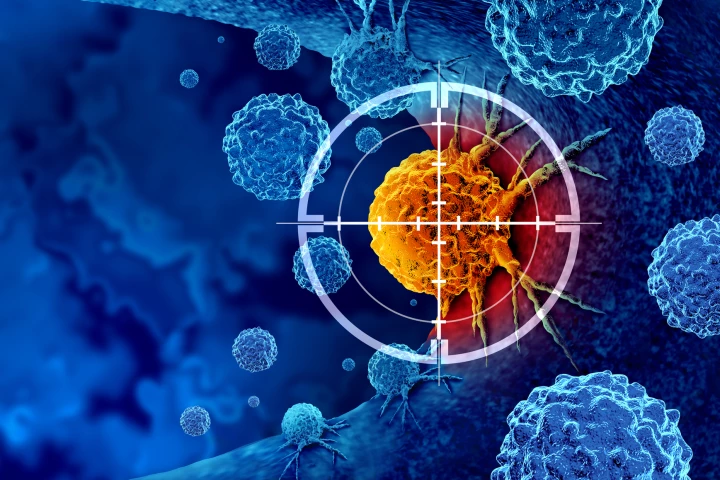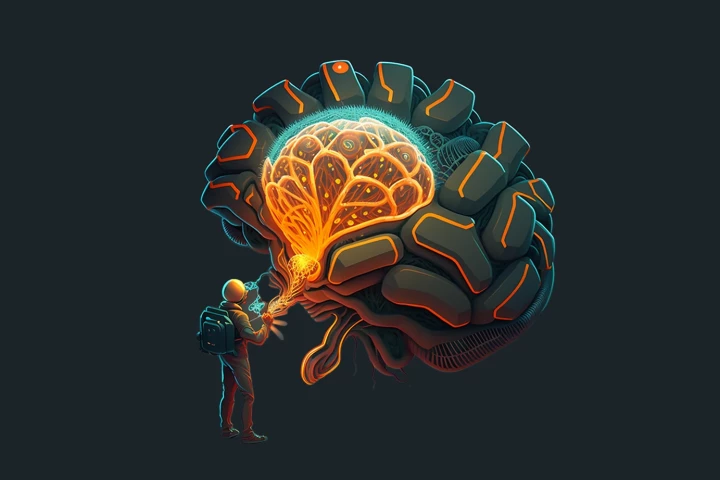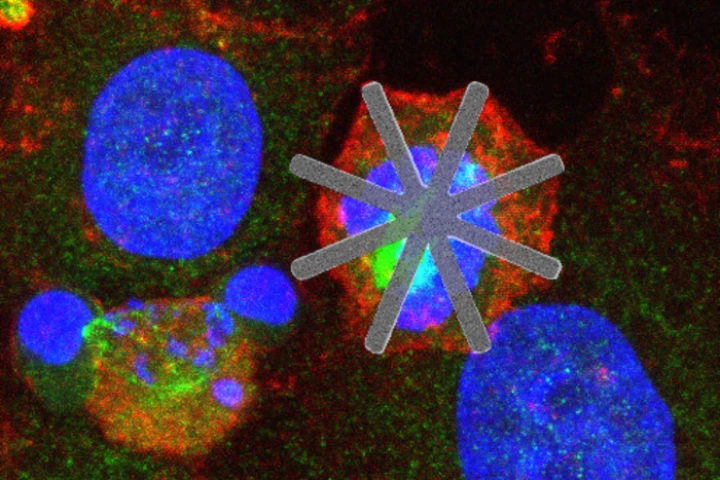Nanomedicine
-
A new oral nanotherapy works directly on the small intestine, reducing its ability to absorb fat from the food we eat, according to a new study. If it proves effective in humans, it has huge potential as a treatment for diet-related obesity.
-
Nanosized particles that release glucagon, the hormone responsible for raising blood glucose levels, on-demand could mean that diabetics don’t need to worry about potentially dangerous low blood sugar levels, according to new research.
-
A gel of tiny keratin spheres has been found to promote hair follicle growth. Given that our bodies naturally produce keratin, the research highlights the potential application of using keratin microspheres as a safe and effective hair-growth treatment.
-
Researchers have developed drug-loaded nanoparticles that target the cells that cause damaging inflammation following a spinal cord injury. The novel nanotherapy opens the door to new therapeutic possibilities for people with spinal injuries.
-
Researchers have created a nanotherapy that selectively targets and shuts down the immune cells responsible for causing an allergic response in mice, preventing anaphylaxis. It could be the first nanomedicine to prevent allergic reactions.
-
Researchers developed self-propelled nanobots powered by a waste substance in urine that penetrate bladder tumors. After one dose, tumors in mouse models shrank by almost 90%, opening the door to a promising alternative cancer treatment.
-
Researchers have harnessed the cancer-destroying abilities of the body’s natural killer cells. Nanodrones selectively target a tumor, enabling the killer cells suppress cancer growth, opening the door to novel, cancer-specific immunotherapies.
-
Conventional tests for Alzheimer’s disease don't provide information about what stage it's at. Now, viewing pathological protein clumps with atomic-force microscopy may help doctors not just detect the disease but determine how far it has progressed.
-
Researchers tricked glioblastoma cancer cells in mice into taking up iron-filled carbon nanotubes. They then shredded those cells by spinning the tubes using magnetic force. The technique has the researchers hopeful for a similar result in humans.
-
Australian scientists have designed a new capsule that could mean diabetics might one day swallow their insulin instead of injecting it. The design also has potential uses in delivering other protein drugs, such as antibiotics and cancer treatments.
-
A new study has demonstrated how nanoparticles can be used as a type of mechanical drug inside cells to impair function and cause their demise, which could be used to target cancer while leaving healthy cells unharmed.
-
In future, microscopic robots could help heal us. While some of these have been capable of manipulating individual cells, researchers at the University of Toronto have developed a new way to get nanobots inside cells, and precisely control them once they’re in there.
Load More

